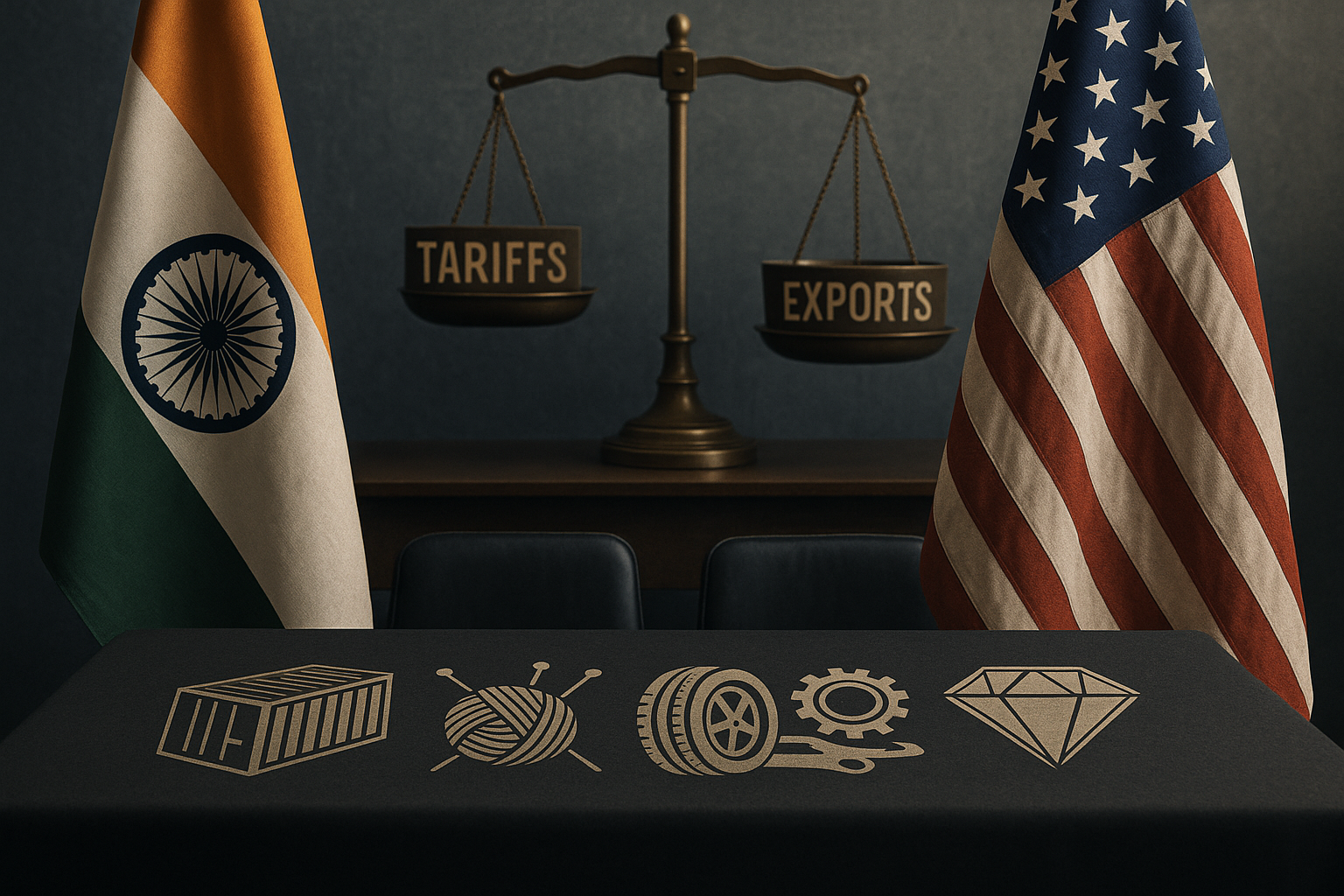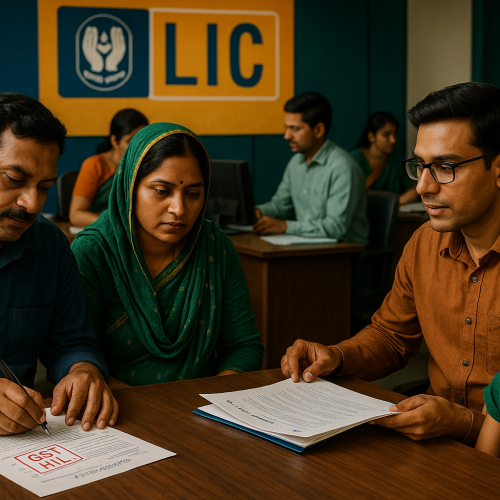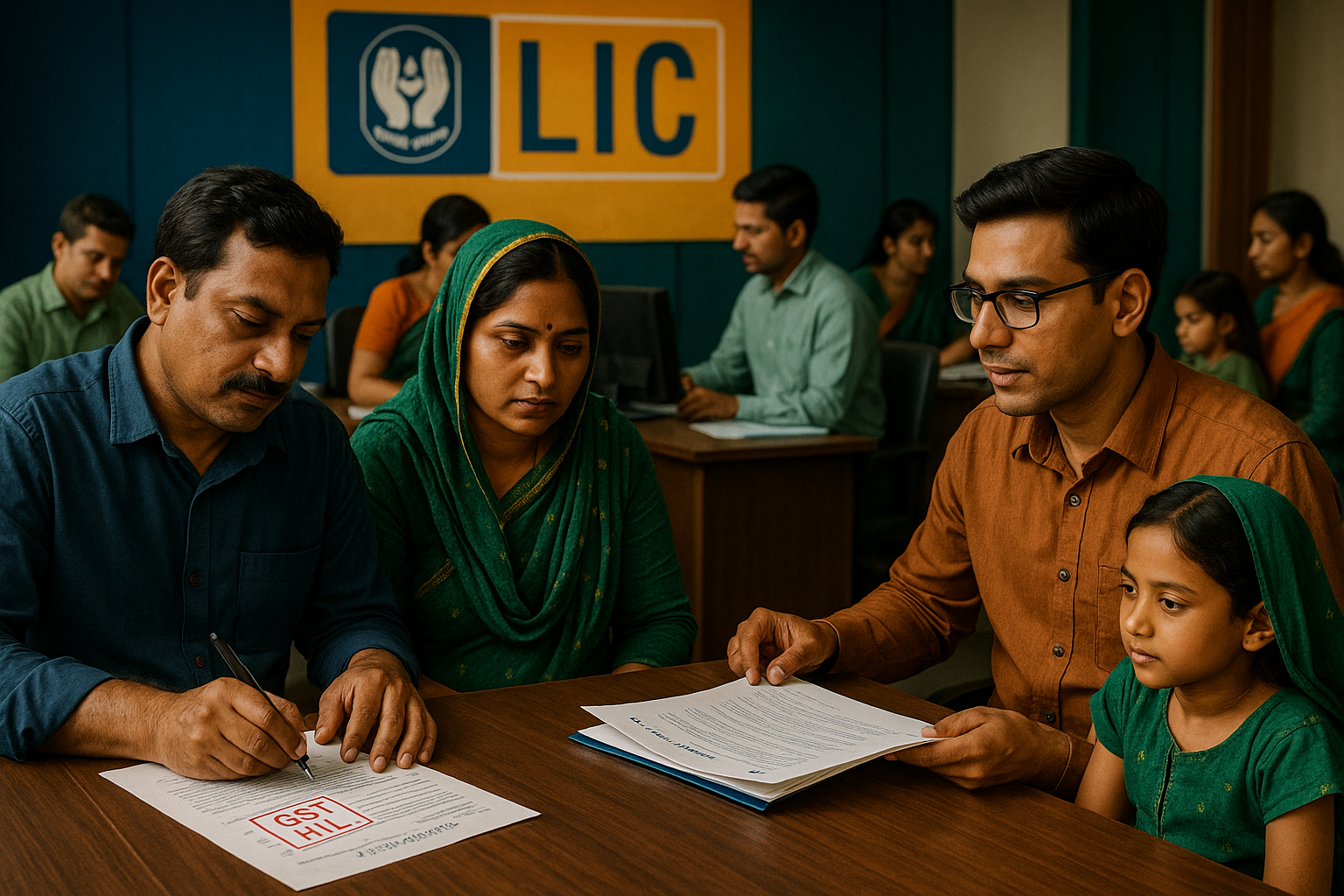India and the United States have returned to the negotiating table after former U.S. President Donald Trump imposed steep penal tariffs on Indian exports, sparking one of the toughest trade standoffs in recent years. With tariffs as high as 50% on several categories of goods, both economies are now exploring whether a balanced trade deal can be reached to restore confidence, support exporters, and mitigate global supply chain disruptions.
Core Development
Officials confirmed that fresh dialogue has been initiated to explore common ground:
Tariff Impact: The U.S. accounts for nearly 20% of India’s exports, making the tariff shock a direct hit to India’s growth and employment in labor-intensive sectors.
Priority Sectors: Negotiations are expected to focus on textiles, gems & jewellery, leather, and auto components, which were among the hardest hit.
Diplomatic Engagement: Trade Minister Piyush Goyal emphasized India’s willingness to seek a “win-win” framework while protecting sensitive domestic sectors such as agriculture.
The talks are being closely watched by exporters, global investors, and policymakers, given the wider implications for India’s economic resilience.
Key Issues on the Table
Tariff Rollbacks: India seeks relief on penal duties to restore competitiveness.
Market Access: The U.S. is expected to push for stronger commitments on intellectual property, digital trade, and agriculture.
Reciprocity: Discussions could involve calibrated concessions such as tariff-rate quotas or product-specific alignments.
Stakeholder Impact
Exporters: Relief from tariffs would restore competitiveness in key markets.
Consumers: A deal could ease supply chain costs, stabilizing prices in both countries.
Government: Securing a balanced agreement would reinforce policy credibility and global trade positioning.
Industry & Policy Reactions
Economists argue that the trade dialogue reflects a necessary reset in India-U.S. relations. While exporters are hopeful of concessions, experts caution that negotiations may be prolonged and politically sensitive, given the protectionist climate in the U.S.
Challenges Ahead
Protectionist Sentiment: Strong political backing for tariffs in the U.S. may complicate talks.
Global Trade Pressures: Ongoing geopolitical tensions and slowing demand could weigh on outcomes.
Balancing Act: India must protect domestic interests while securing wider market access.
Strategic Outlook
The resumption of trade talks signals that both countries recognize the mutual costs of confrontation. A well-structured trade agreement could not only offset tariff shocks but also strengthen India’s positioning in global supply chains, especially amid the China+1 diversification push.
Why This Matters
A potential trade deal between India and the U.S. carries implications far beyond bilateral trade. It could restore investor confidence, stabilize export growth, and reinforce India’s role in the global economy at a time of heightened tariff disruptions.












